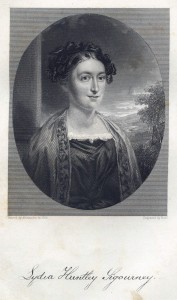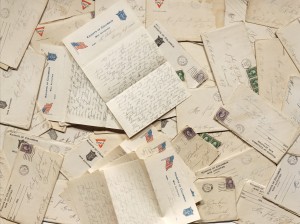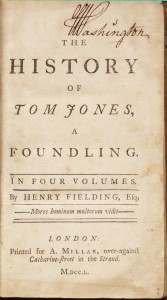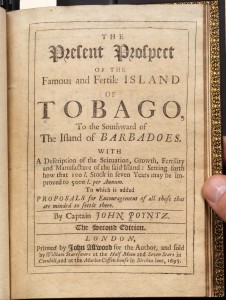 Our most significant acquisition this year came from a dealer in Philadelphia. It is a 450-page diary written over 10 years (1841-1851) by Hartford artist and dilettante Edward Watkinson Wells (1819-1898), one of the many nephews of our founder, David Watkinson (1778-1857).
Our most significant acquisition this year came from a dealer in Philadelphia. It is a 450-page diary written over 10 years (1841-1851) by Hartford artist and dilettante Edward Watkinson Wells (1819-1898), one of the many nephews of our founder, David Watkinson (1778-1857).
Edward was immersed in Hartford’s cultural life in the 1840s, exhibited his works at local fairs and gave lessons to the locals. He portrays an active involvement with with his large extended family, which often crossed and re-crossed the other prominent families of Hartford (i.e., Barnard, Channing, Dexter, Ely, Gallaudet, Gill, Goodrich, Hudson, Rockwell, Silsbee, Tappan, Terry, Tracy, Trumbull, Van Renselaer, and Wadsworth).
Edward describes dancing and costume parties, soirees, teas, dinners, and receptions in private homes and public venues. He meets Charles Dickens and his wife when they come through Hartford in 1842, and describes brushes with other luminaries, such as Col. Thomas L. McKenney (who lectures on American Indians), and the Unitarian clergyman Rev. Henry Giles, who gave a pro-Irish speech.
Other entertainments included a balloon ascension, exhibitions of mesmerism and hypnotism, parades, and performances by well-known groups. He also chronicles the progression of the construction of the Wadsworth Atheneum, and touches on his father’s far-reaching interests in the business world–canals, railroads, factories, and real estate.
The cost of this valuable document of mid-19thC Hartford was generously underwritten entirely by a member of the Watkinson Trustees.




















